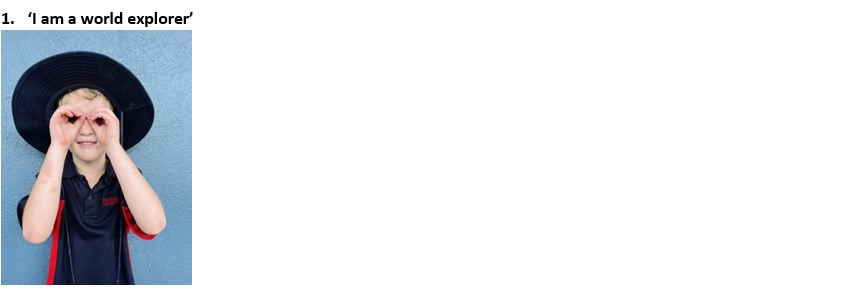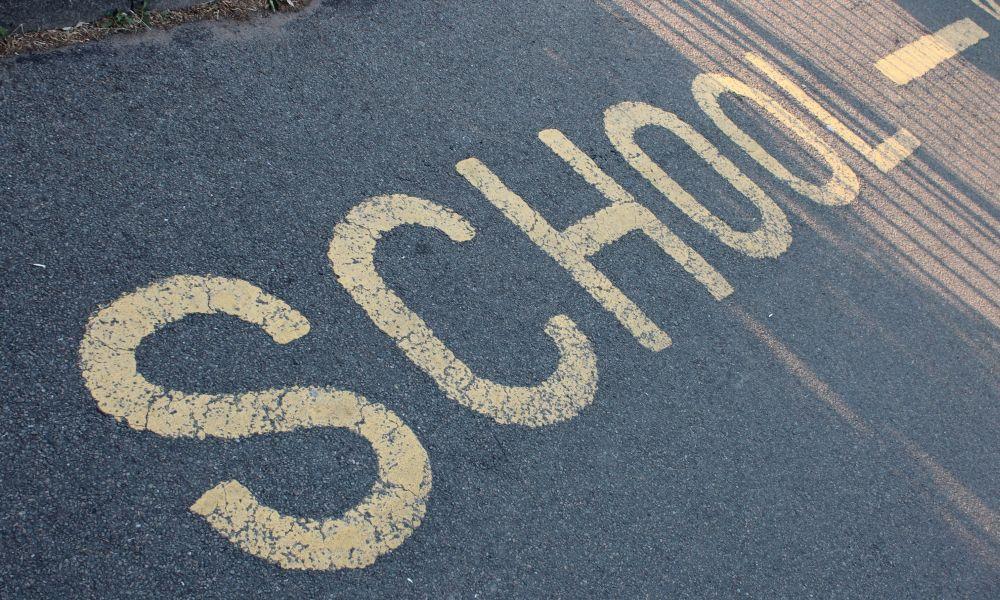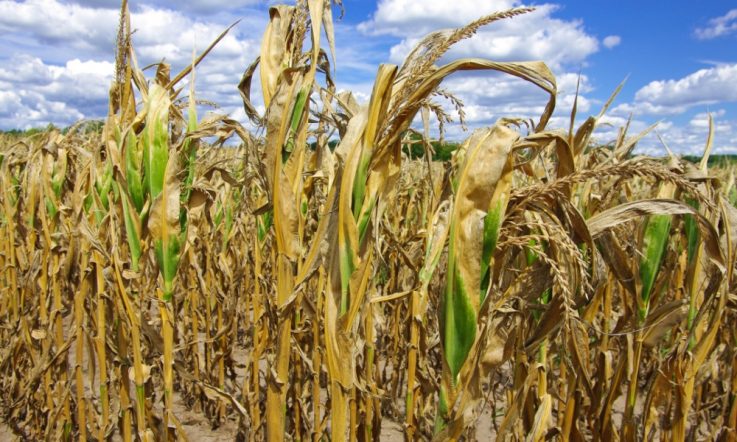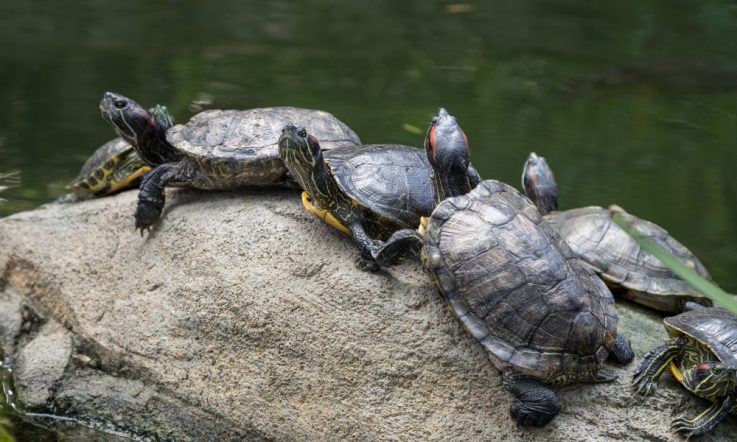In 2018, Kristie Schulz – Head of Curriculum (Secondary) at Parklands Christian College – wrote 3 articles for Teacher sharing how the Queensland school had successfully introduced a new STEM Studies elective for its year 10 students. The series explained how the journey began, the course design and implementation process, and approach to student assessment. Five years on, she’s giving 2 updates on what’s happened since. In the first, she explained the pedagogical framework used by STEM Studies teachers. Here, she details how the program has been implemented in 3 prep classes.
Six years into the implementation of our STEM subject with year 9 and 10, we were feeling somewhat disheartened at a long-term pattern we noticed in the mindsets and thinking processes of our teenage students.
At this stage of their schooling careers, many of our students were taking longer than we expected to engage deeply with the freedom of the alternative learning environment that we had established in the STEM classroom.
We realised that the ways we were asking them to work were different not only from their other classes (some students described having to ‘change their brain’ on the walk to the STEM class), but also from their long history of schooling, where often the teacher is the keeper of expertise.
As STEM teachers, we felt frustrated by the all-too-often quip of ‘just tell me what to do to get a good mark’. Whilst most students would eventually transition and thrive within the new framework, we were often saddened by the short period of time we had to work with groups of students, of only one to 2 years.
Starting earlier
In a meeting of STEM teachers late in 2022 where we were discussing how to speed up the ‘de-schooling’ process, one colleague said something that sparked a new idea. Responding to our disheartened conversation she said, ‘… we need to start this with them before they are schooled!’. In this next article about our journey, we share our learnings from our first year of enactment the transdisciplinary framework, adapted to work with our youngest students in Prep.
In 2023 we trialled our first Prep STEM program, determined to adapt the framework to suit our 5-year-olds. In many ways, the framework has stayed exactly the same – we take what students are learning outside the STEM classroom in their discipline-based lessons, build the course structure using age-appropriate General Capabilities, and ask students to frame and address problems that are important to 5-year-olds through data collection and analysis. It just looks a little different in practice.
Three core rules
In practice, adapting the language of the transdisciplinary pedagogical framework to the Prep context happened organically through a deep dive into what we value about the STEM program at Parklands, and distilling this into Prep-appropriate language. We settled on 3 core ‘rules’ of STEM that now act as guardrails within our programming, from course level all the way down to activity within lesson level.
Each rule is phrased as an ‘I am …’ or ‘I can …’ statement, to personally empower our students with these values as they repeat these statements out loud on a regular basis. We have hand actions to match, and we always start a STEM lesson by saying the rules, using hand actions to cue what we are doing.

This rule represents the adaptation of the relevant, authentic and contextual problem-seeking that we ask our teenagers to do. It reflects the value we place on both the inquisitiveness and curiosity that underpins the course, as well as the importance of our students’ perspectives. We believe our Prep students to be explorers with 5 years of experience in life, and we ask them to seek out and articulate the view of the world that is important to them. This rule appears first in our list, and is signified by making binoculars with their hands, because we believe that student agency and voice are at the heart of our framework.

This rule was the first thing we put into place within our adapted program, even though it appears second in our list. It was the easiest to come up with because we felt this was the thing that was most lacking in the way our year 9-10 students engage in class. Many reflective conversations over the years centred around how to cultivate an environment of psychological safety, where students feel open enough to authentically brainstorm and share the ‘silly ideas’ that are necessary on the road to a good idea. Of all the challenges we faced in a secondary STEM classroom, this one has persisted for the longest. In a way, it became one of the drivers of adapting to the Prep context – wanting to tap into and harness the incredible creativity that many young children arrive to school with, having not encountered the same level of limitations and barriers to their thoughts and ideas as teenagers often have.

This rule is an adaptation of 2 key things from the secondary context. Firstly, a somewhat unique aspect of the PCC STEM education framework is that students must actively and tangibly implement their solutions in the real world. It is not enough to complete thought experiments in the STEM classroom – if students have identified a problem and have a solution, we believe they have a responsibility to enact it. We wanted our Prep students to be able to physically see the difference that they make on the world when their solutions were enacted. The second aspect that this rule addresses is the value that we place on the perspective and lived experience of the students in our classes. We firmly believe that our students bring with them a view of the world that is important, and should be added to the collective voice of community. As they see and address problems from their 5 years of life experience, they contribute to our wider learning community at PCC in many ways. A good example of this is our recently adapted pickup procedure at school. Due to onsite construction and changes to our daily timetable, some of our Prep students wait up to 20 minutes in the pickup zone, after school time. Throughout the course of our Term 2 project, the Preps identified ‘feeling bored’ during this time as a significant problem. So, we collected data about what types of games they liked to play, and designed a game-card and whiteboard marker that has been attached to each of their bags, which includes activities like dot-to-dot, noughts and crosses, face designing and tables to count and tally things.
Continuing to expand and share
Looking ahead to the future of STEM at PCC, we are going to make connections between our Prep students and our secondary programming. We have some exciting projects in the works and will be expanding our program in measured and thoughtful ways. However, at the heart of sharing our journey so publicly through Teacher, is the desire to connect with other schools and the wider community.
Across our 7-year journey into the depths of STEM education rhetoric, we have seen rich and meaningful learning in our students and teachers. The golden opportunity we noticed in the grey area of STEM education policy has allowed us a case study, one that we would like others to be bold and look into, for the sake of all Australian students. We would love to connect with other educators, to share the ins and outs of our journey.
We aim to demonstrate the transparency, openness and connectedness that we believe the future of work will demand, and will honestly share both our challenges as well as our successes. It is our dream to see more schools take advantage of this and other golden opportunities, to experience what is possible within the bounds of our education system, and see our students experience something special.
If you would like to connect with the STEM team at PCC, contact kschulz@parklands.qld.edu.au
Staff adapted the language of the transdisciplinary pedagogical framework to the Prep context and into Prep-appropriate language. How do you adapt programs to suit the context of your students? What are some of the key considerations you make when doing so?
Staff are also looking to make connections between their Prep students and their secondary programming. How do you work to build connections between students of different age groups at your school? How is this mutually beneficial for both groups?



